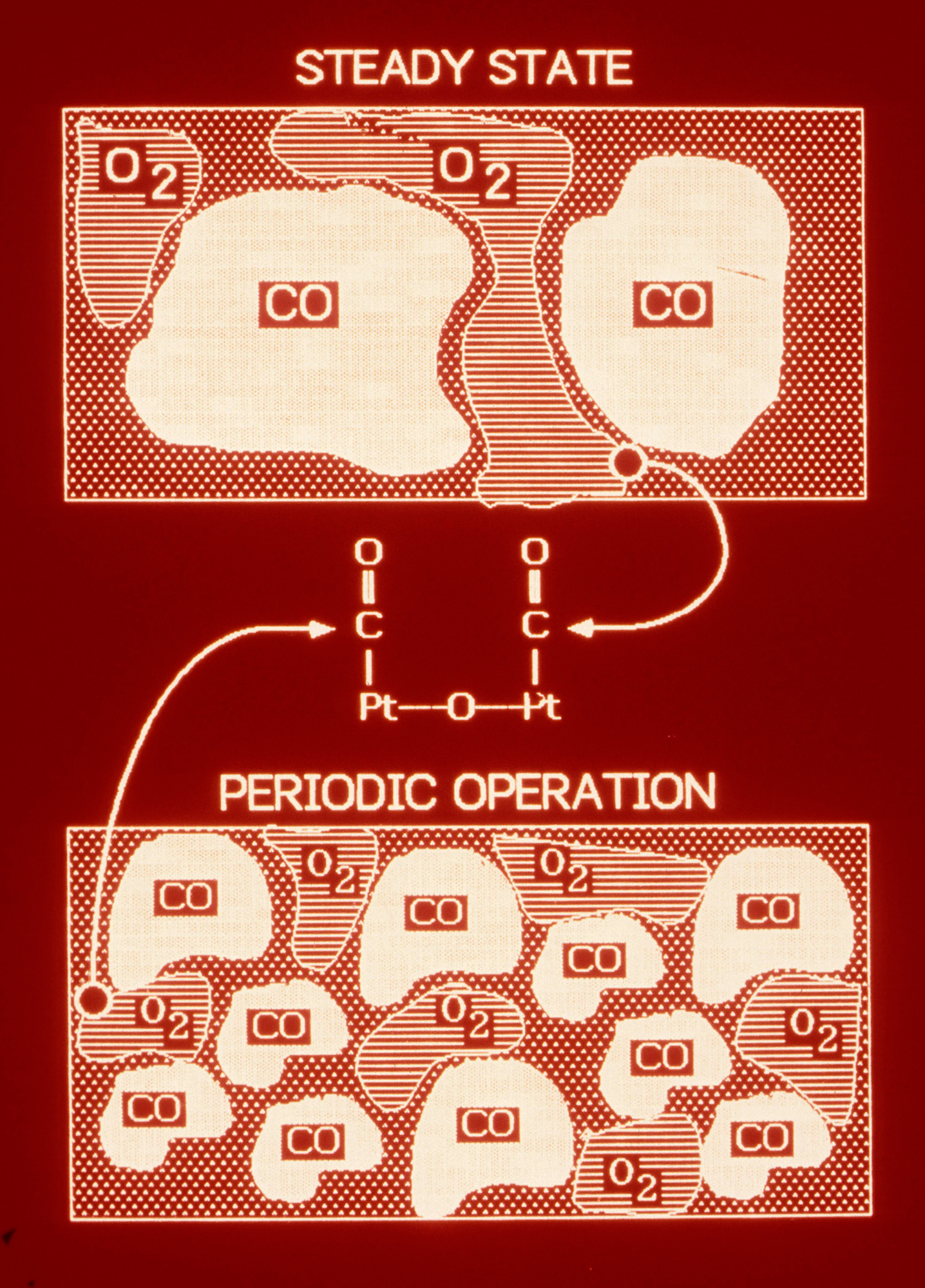Dr. Yoav Barshad
President
Yoav is a chemical engineer specializing in environmental catalysis, spectroscopy, and product development. He has previously founded 3 technology companies and has over 30 years of experience in industrial process control.
CV
-
University of Michigan
PhD in Chemical Engineering1986Yoav developed a catalytic converter to remove NOX from car exhaust.
He also constructed a Sabatier reactor to convert CO2 into CH4 and published the ZGB model.
-
BarSpec, Ltd.
Founder & President1987
Rehovot, ILYoav developed a spectrometer that used a “free flying” grating to obtain a full UV-Visible spectrum 10 times per second.
BarSpec received investment from Israel Chemical Limited and was sold to BIO-RAD.
-
Novachem B.V.
Co-Founder & President1991
Arnhem, NLThe company developed real-time hydrogen sulfide analyzers for the oil refining industry, required for safety and process control.
Novachem received investment and was sold to Novitron International.
-
Applied Analytics, Inc.
Co-Founder & President1994
Boston, MAThe company develops innovative measurement solutions for complex environmental applications such as sulfur recovery and biogas upgrading.
Applied Analytics provides engineering support for SKYVAC. Learn more
Patents
-
2017Detection system and method with nanostructure flow cell
-
2015Industrial process stream compositional headspace analysis
-
1995System and method for monitoring a stack gas
-
1994Method for determining concentration in a solution using attenuated total reflectance spectrometry
-
1993Double beam spectrometer
-
1985Continuously rotating grating rapid-scan spectrophotometer
ZGB Model
The Ziff-Gulari-Barshad model describes the behavior of a catalyst distributed into islands to maximize surface contact between the reactants.
Inspired by Hannibal’s tactics to defeat a much larger Roman force, the model showed that a catalyst becomes “poisoned” when large clusters of a single reactant form—and that this can be prevented by periodic operation, i.e. introducing one reactant at a time.
The model is frequently cited in catalysis research and underpins the SKYVAC approach to optimal steady-state chemical conversion of CO2 into more valuable molecules.

the benefit of periodic operation
in catalysis